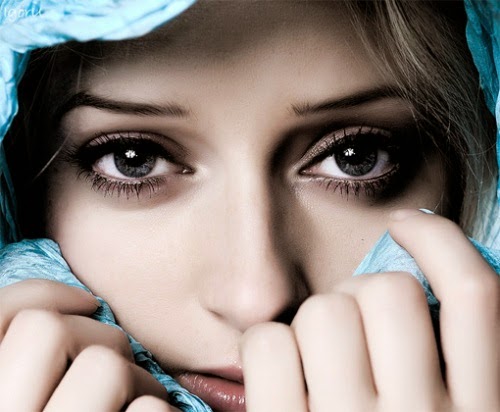First Class In Media Studies
Today we studied about the camera angles, camera shots and camera movements. It is important that you do not confuse camera angles and camera shots. Camera shots are used to demonstrate different aspects of setting, themes and characters. Camera angles are used to position the viewer so that they can understand the relationships between the characters. These are very important for shaping meaning in film as well as in other visual texts. A camera shot is the amount of space that is seen in one shot or frame. Camera shots are used to demonstrate different aspects of a film's setting, characters and themes. As a result, camera shots are very important in shaping meaning in a film. Composers of films also use camera movement to shape meaning. The following are some examples of common camera movements and how they can be used to shape meaning in films.
Camera Angles:
Eye level:
It is a natural shot. It shows the characters as in their real life.High Angle:
This angle shows the character from above i.e: the camera is angled down towards the character.Low angle:
This shows the object from below, giving them impression of being more powerful and dominant.Bird's eye:
The scene is shown directly from above. This angle is used for dramatic effects. This can be used to show the positions and motions of a character, enabling the viewers to see the actions that the chartacters can't. This is helpful for shoting the documantaries, sports etc. This shot is also used for shoting the establishing shot.Slanted:
It is also known as Dutch tilt, this is where the camera is purposely tilted to one side so the horizon is on the angle. This creates interesting and dramatic effects. Famous example can be "The Batman series."Dutch Angle:
A Dutch angle is used to demonstrate the confusion of a character. The example above should disorientate you.
Camera Shots:
Exterme Wide Shot:
Mid-Shot:
Close-up:
Extreme Close-up:
Over-the shoulder shot:
Long Shot:
Full Shot:
A full shot contains a complete view of the characters. From this shot, viewers can take in the costumes of characters and may also help to demonstrate the relationships between characters.
Extreme long shot:
An extreme long shot contains a large amount of landscape. It is often used at the beginning of a scene or a film to establish general location (setting). This is also known as an establishing shot.
Reverse Shot:
Shot reverse shot is where one character is shown looking at another character and then the other character is shown looking back at the first character. Since the characters are shown facing in opposite directions, the viewer assumes that they are looking at each other.
Camera Movements:
Crane Shot:
A crane shot is often used by composers of films to signify the end of a film or scene. The effect is achieved by the camera being put on a crane that can move upwards.Dolly Shot:
A dolly shot have the same effect. A tracking shot moves on tracks and a dolly shot is mounted on a trolley to achieve the effect in the example above. This camera movement is used in a number of ways but is most commonly used to explore a room such as a restaurant. By using a tracking shot or a dolly shot the composer of a film gives the viewer a detailed tour of a situation. It can also be used to follow a character.
Panning:
Panning is used to give the viewer a panoramic view of a set or setting. This can be used to establish a scene.Tilt:
The tilt shot is similar to the pan shot, but the tilt shot moves vertically instead of horizontally. Like the pan shot, the tilt shot can be done hand held or with a tripod with a good head. We would highly recommended using a tripod for a tilt shot.

















No comments:
Post a Comment